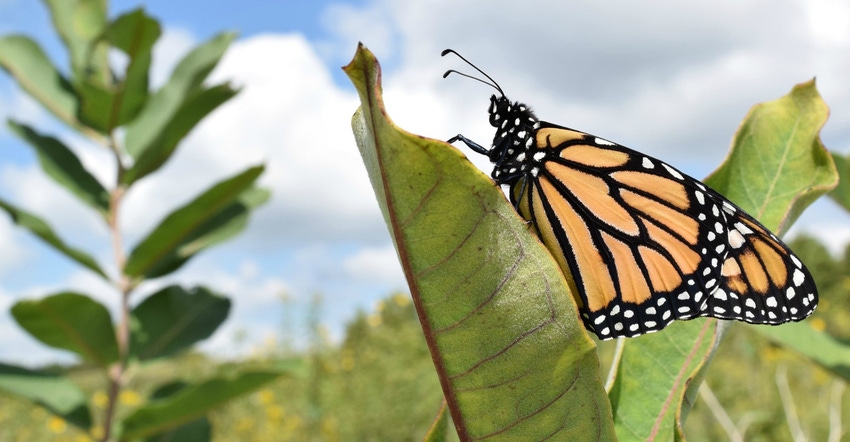November 7, 2018

It’s time to think about how to prepare your pollinator habitat for the cold months ahead.
Did you know that…
Most species of native bees hibernate underground during winter.
The offspring of certain butterflies spend fall and winter in a chrysalis clinging to dried plant stems.
Some butterflies overwinter as eggs or caterpillars and bury deep in the leaf litter.
Other beneficial insects like ladybugs and lacewings spend winter in the hollow stems of old flowers.
If you originally planted your milkweed and native flowering plants to aid the monarch butterfly, know that many other beneficial insects can benefit from your pollinator garden, especially during winter. Here are some tips for habitat maintenance to follow:
Don’t cut back the dried stalks of perennials (milkweed is a perennial).
Don’t pull up dead annuals or weeds. They’ll trap whatever leaves blow by, creating their own enriching mulch while shielding insects.
Don’t install a deep layer of mulch, which could block the insects’ escape in spring.
Don’t disturb bare soil where many wild bee species, including bumblebees, overwinter in small nests.
Do consider planting a cover crop to protect small animals and insects.
Do add new perennials including bulbs, trees and shrubs at a time when fall moisture can help establish their root systems.
Do delay tilling or — better yet — don’t till at all.
Let your pollinator habitat go wild, and you will provide a safe place for many beneficial insects throughout the winter months.
To learn more, visit www.MonarchChallenge.com.
Source: BASF
You May Also Like




